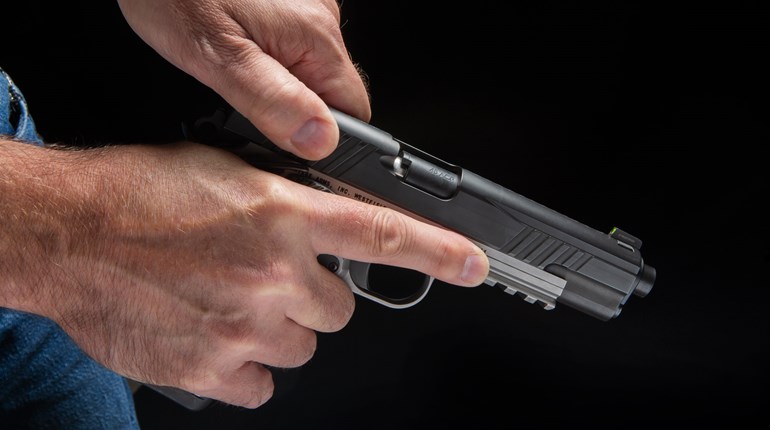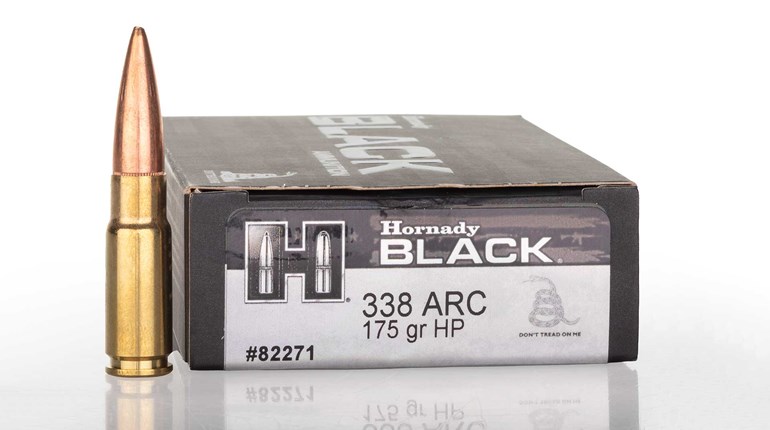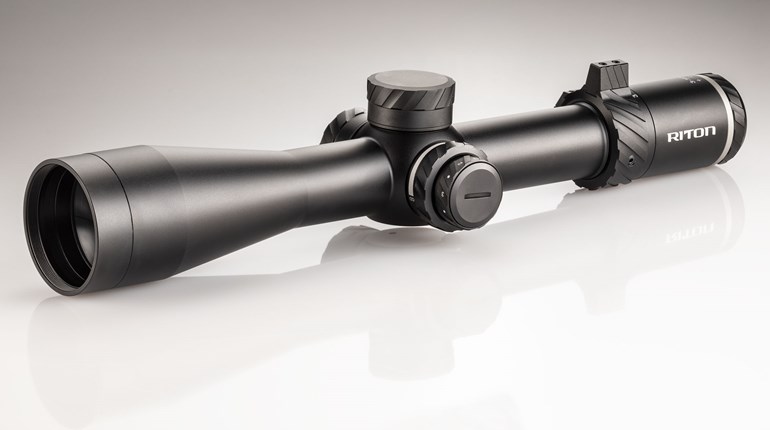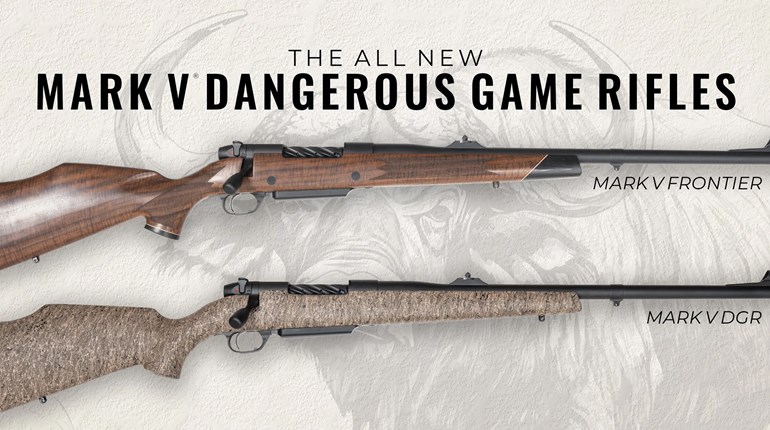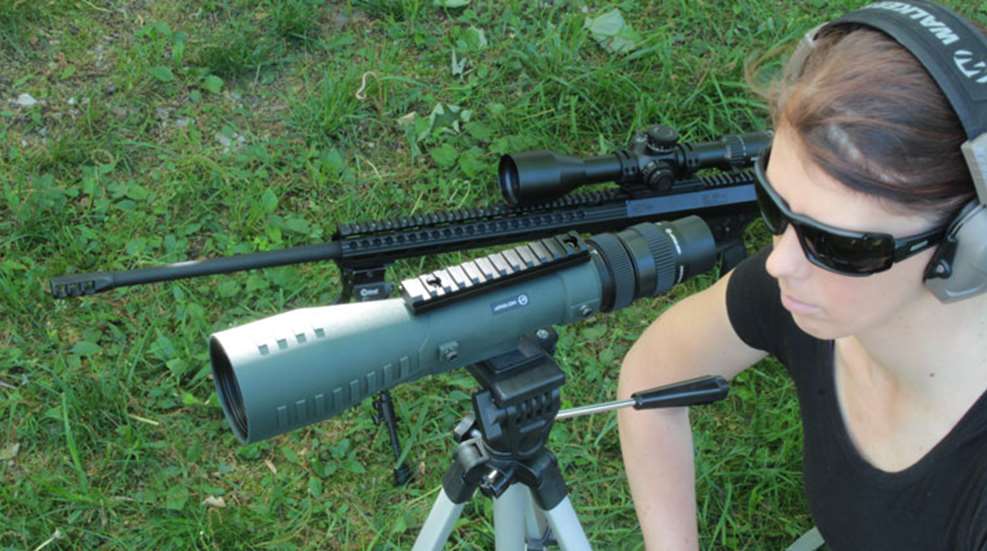
Whenever you hear about a record-breaking long-range shot, the fame always goes to the person behind the trigger. However, credit is due to the person behind the spotting scope as well. The spotter in the shooter/spotter relationship plays an intricate role in landing a long-range round on target and, in my opinion, possesses skills that are even harder to develop. Most of us see a spotting scope as just a high-magnification tool that is used to see the target more clearly. While that is true, they are much more valuable than that and there are many ways to use a spotting scope in order to guide that round onto target.
1. Mirage
Mirage is the bending of light as heat rises off of the ground. It produces a wavy pattern that will change depending on which direction the wind is coming from, or if there is no wind at all. In order to view this, a spotter should put their scope on the target and slightly drift it out of focus. This will allow them to focus on the air slightly in front of the target, as opposed to the target itself. If you notice the mirage rising slightly to the left or right in the 11 or 1 o’clock position, you are looking at a 0-3 mph wind. If you are looking at the same heat waves rising at a 45-degree angle, then that is a 5-8 mph wind. If it is completely flattened out, you are witnessing a 15 mph wind at the very least. As a spotter your job is to continually relay this information to the shooter so that they can vary their hold accordingly.
2. Spotting Missed Shots
Recoil will cause most shooter’s reticles to drift off target, not allowing them to see where the bullet actually wound up. This is where a spotter is instrumental in helping to see these impacts and inform the shooter as to how they need to correct. A spotter can also see the bullet’s flight as it pushes dense air off to its sides. Therefore even if an impact in the dirt isn’t visible they can help gather information by watching its actual flight! In order to do this the scope, again, must be drifted out of focus. Spotting scopes like the Athlon Cronus Tactical have a reticle in them (just like a riflescope), so if a spotter puts their reticle on the center of the target they can then let the trigger puller know exactly how many minutes of angle or mils they need to correct for. If the spotter is using a traditional scope without a reticle, they can give guidance in terms of target widths. What a spotter should never do is attempt to relay a measurement in inches or feet. Measurements like this are often misconstrued in translation.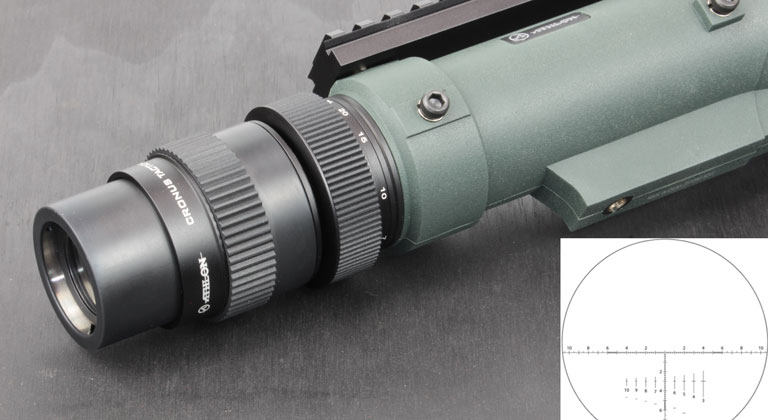
The Athlon Chronus Tactical takes the guesswork out of communicating corrections to the shooter. The reticle can also be used to measure target size and even target distance.
3. Spotting a hit
While most people would assume the shooter would have no problem seeing or even hearing the hit, that is not always the case. If targets are hung with a canvas or rubber strap this material dampens the sound and makes it tough to hear a ping, especially if it is more than half a mile away. Furthermore the larger targets that are traditionally used at these extended distances do not move when struck—so quite often the only way to spot a hit is to see the splash coming off of it. When a steel target is struck the bullet literally shatters against it and sends a fan-shaped impact under it. A spotter should be paying attention to see if they observe this splatter. More often than not when you can't spot a miss in the dirt it's because it was a hit!
4. Observing vegetation
Established ranges usually keep their backstops free of vegetation in order to allow shooters to set up their targets. Vegetation does usually grow in between the firing line and target area though. This vegetation is a dead giveaway for not only wind speed but also wind direction. While the shooter will have their optic focused on the target itself, a spotter can focus at a mid-distance and see what the vegetation is doing. By just observing which way the vegetation is swaying you can tell precisely where the wind is coming from. You can also use vegetation to judge the intensity of the wind speed in the same manner that you observe mirage. A 1-3 mph wind will move leaves, 3-5 will move grass, 5-10 will move light branches, 10-15 medium ones and larger branches start to sway when the wind gusts heavier than that.
Next time you are at the range don’t be in such a rush to get some trigger time in. One of the best ways to develop long-range shooting skills is to spend time on the scope while your rifle is cooling off and then have your partner tag in to do the same. This routine will help you both develop as marksmen and will force you to put the work in on the somewhat less exciting aspects of shooting. Remember, while rounds downrange are fun, only rounds on target count!













